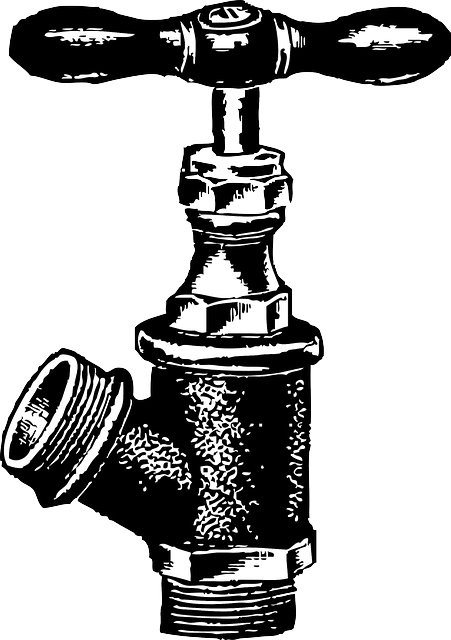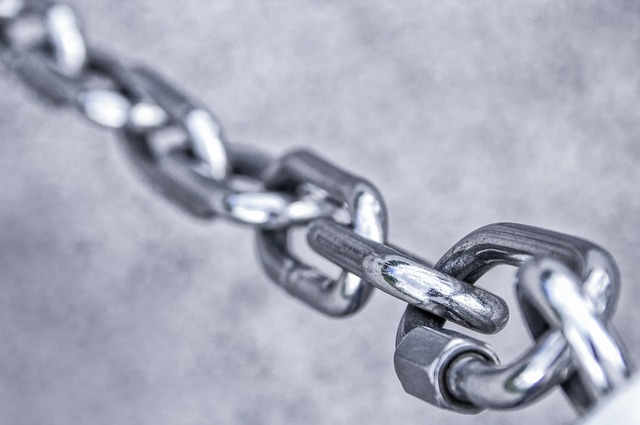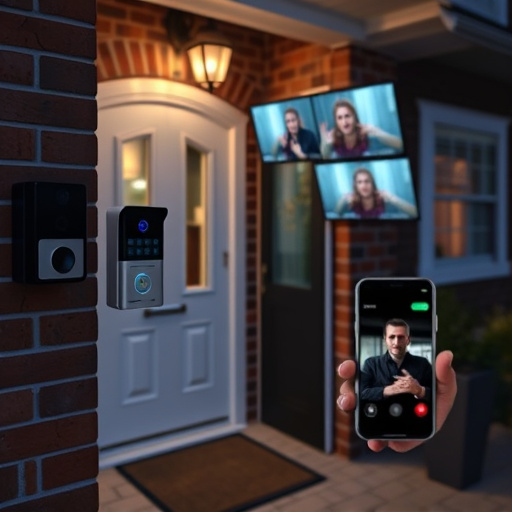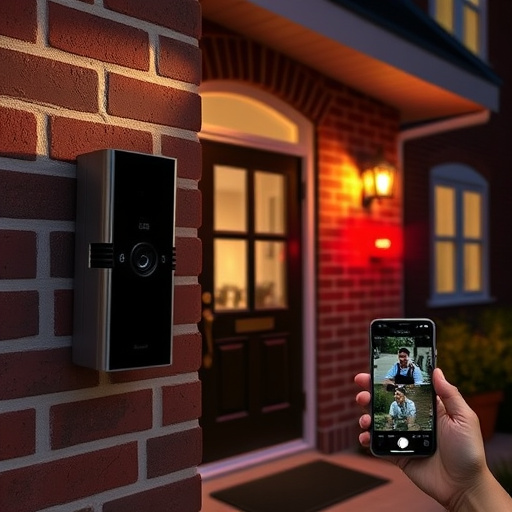Implementing robust home security involves assessing exterior vulnerabilities, reinforcing entry points with high-quality locks and alarm systems, installing well-lit exteriors and surveillance cameras, regularly reviewing security plans, and practicing emergency preparedness. By combining these home security tips, you significantly enhance break-in prevention and overall home protection measures.
Preventing break-ins starts with understanding how criminals target homes. By identifying common entry points like unlocked doors and windows, as well as patterns in neighborhood activity, you can implement effective security strategies. Stay proactive with continuous monitoring using smart home technology and emergency preparedness plans. Adopting these home protection measures will significantly deter potential intruders, making your property a much safer haven.
- Understanding Break-in Patterns and Common Entry Points
- Implementing Effective Security Strategies at Home
- Staying Proactive: Continuous Monitoring and Emergency Preparedness
Understanding Break-in Patterns and Common Entry Points

Understanding break-in patterns and common entry points is a crucial step in developing effective security strategies for your home. Criminals often target homes based on perceived vulnerabilities, such as easily accessible windows, unsecured doors, or lack of external lighting. By familiarizing yourself with these patterns, you can proactively reinforce your home’s defenses.
First, assess the exterior of your property. Ensure all windows and doors are equipped with robust locks and security measures like bars or reinforced glass. Invest in motion-activated lights around entry points to deter potential intruders. Additionally, maintain a well-lit landscape, as darkness provides cover for thieves. Regularly review your home’s layout, identifying any areas that might offer easy access, such as garage doors or back alleys, and implement additional security tactics like security cameras or alarm systems tailored to these specific entry points.
Implementing Effective Security Strategies at Home

Implementing Effective Security Strategies at Home is a robust defense against potential break-ins. Start by assessing your property’s vulnerabilities and taking proactive measures like installing high-quality locks on all entry points, including doors and windows. Invest in a reliable security system that includes sensors for doors, windows, and motion detection to deter intruders. Lighting plays a vital role in home protection measures; ensure well-lit exteriors with motion-activated lights, as this can act as a powerful deterrent.
Consider the benefits of a surveillance camera system to monitor your property, providing visual evidence in case of attempted break-ins. Additionally, keep your surroundings secure by maintaining a clear view from windows and ensuring good visibility around your home. Regularly review and update your security plan, especially with evolving technology that can help or hinder home safety. Stay vigilant and ensure your home is equipped with the latest tools to make it an unappealing target for burglars.
Staying Proactive: Continuous Monitoring and Emergency Preparedness

Staying proactive is key in preventing break-ins and ensuring your home’s security. Continuous monitoring involves keeping a keen eye on your property, both during the day and night. Utilize security cameras to cover blind spots and ensure every corner of your home is visible. Consider installing smart doorbells that allow you to see visitors even when you’re away, giving you control over who enters your space. Regularly review footage to identify any suspicious activities or potential vulnerabilities in your home’s security.
Emergency preparedness goes hand in hand with this strategy. Create an emergency contact list and ensure every family member knows what to do in various scenarios. Practice evacuation drills to familiarize everyone with the fastest and safest routes out of the house. Additionally, keep emergency supplies readily accessible, including first-aid kits, flashlights, and essential documents. By staying proactive and prepared, you enhance your home’s protection measures, making it a more secure and safe haven.














